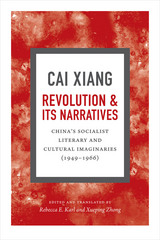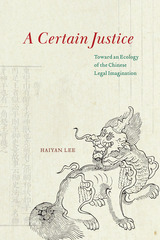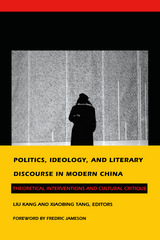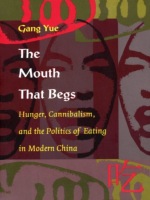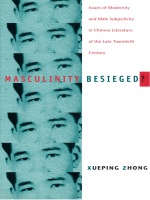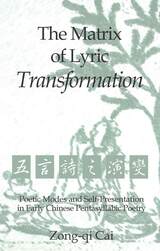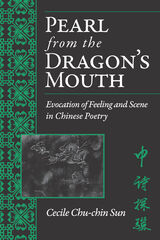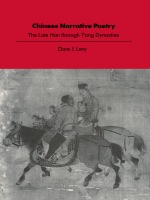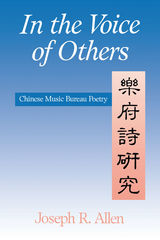The Matrix of Lyric Transformation: Poetic Modes and Self-Presentation in Early Chinese Pentasyllabic Poetry
University of Michigan Press, 1997
eISBN: 978-0-472-90144-9 | Cloth: 978-0-89264-111-6 | Paper: 978-0-472-03805-3
Library of Congress Classification PL2308.5.N3S86 1995
Dewey Decimal Classification 895.11008
eISBN: 978-0-472-90144-9 | Cloth: 978-0-89264-111-6 | Paper: 978-0-472-03805-3
Library of Congress Classification PL2308.5.N3S86 1995
Dewey Decimal Classification 895.11008
ABOUT THIS BOOK | AUTHOR BIOGRAPHY | TOC | REQUEST ACCESSIBLE FILE
ABOUT THIS BOOK
Pentasyllabic poetry has been a focus of critical study since the appearance of the earliest works of Chinese literary criticism in the Six Dynasties period. Throughout the subsequent dynasties, traditional Chinese critics continued to examine pentasyllabic poetry as a leading poetic type and to compile various comprehensive anthologies of it.
The Matrix of Lyric Transformation enriches this tradition, using modern analytical methods to explore issues of self-expression and to trace the early formal, thematic, and generic developments of this poetic form. Beginning with a discussion of the Yüeh-fu and ku-shih genres of the Han period, Cai Zong-qi introdues the analytical framework of modes from Western literary criticism to show how the pentasyllabic poetry changed over time. He argues that changing practices of poetic composition effected a shift from a dramatic mode typical of folk compositions to a narrative mode and finally to lyric and symbolic modes developed in literati circles.
See other books on: Chinese poetry | Emotions in literature | Nature in literature | Qin and Han dynasties, 221 B.C.-220 A.D | Self - Presentation
See other titles from University of Michigan Press


